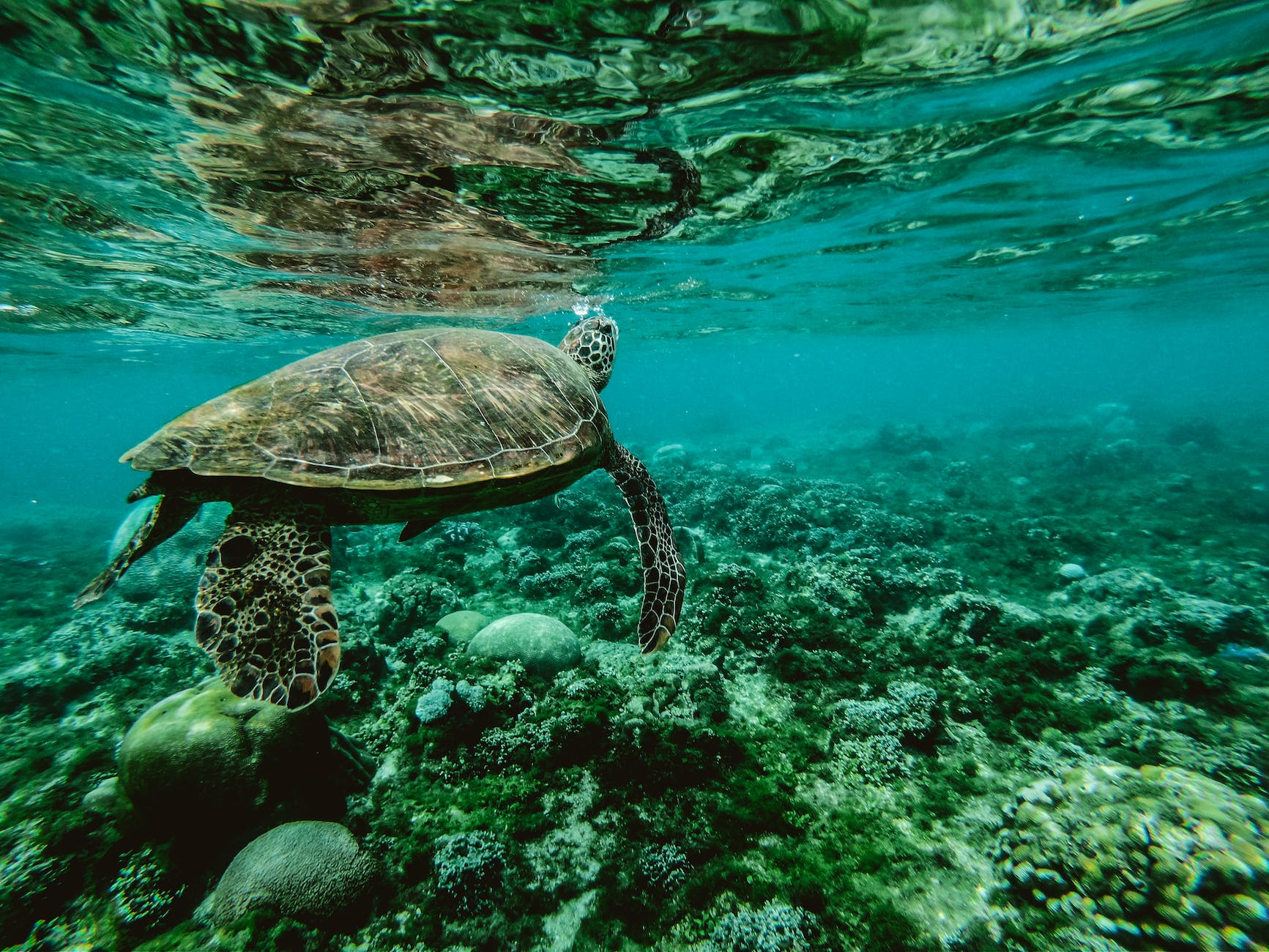How deep is Ocean? The Pacific Ocean is the deepest and largest division of the ocean, stretching from the Arctic Ocean in the north to the Southern Ocean in the south. It is bordered by Asia and Australia on the west and the Americas on the east. Despite its vast size, the ocean is not completely void of life.
Multibeam echosounders
Multibeam echo sounders are a form of sonar that has the ability to determine the depth of the ocean by sending out a series of sound pulses from multiple directions. This technology allows scientists to map the depth of the ocean in less time than single-beam echo sounding. This technology also has the advantage of high angular resolution, which allows scientists to map the seafloor with more accuracy.
The accuracy of multibeam echosounders is remarkably high compared to single-beam echo sounding. For example, 95 percent of all archival soundings taken in the northwest Atlantic between 1967 and 2016 are accurate to within one percent. In contrast, the 95th percentile error for data collected before 1968 is five times higher. Moreover, most of the errors are located on large slopes of the seafloor. These small errors can result in significant errors in depth estimation.
Calcite Compensation Depth
The carbonate compensation depth is the depth in the ocean where calcite supply lags behind the rate of solvation. At these depths, calcite does not accumulate and the shells of animals dissolve. Similarly, carbonate particles may not accumulate at these depths. Therefore, the carbonate compensation depth is critical to understanding the processes responsible for carbonate formation in the ocean.
Carbonate compensation depth (CCD) is a geologically important boundary between a deep ocean basin and the continental shelf. This boundary intersects the flanks of the world’s oceanic ridges and indicates the level at which the accumulation of carbonate is balanced by dissolution. The CCD is a key indicator of ocean acidity. It varies between ocean basins and is linked to atmospheric carbon dioxide concentrations. Geological records show that calcite compensation depth has risen and fallen over the past few million years. These fluctuations are caused by changes in bottom-water structure and the progressive glaciation of the Antarctic and Arctic regions.
Hydrostatic pressure increases linearly for every ten metres of depth
The pressure in the ocean is measured in various units, including newtons per square metre (N m-2), bar and decibar. Hydrostatic pressure increases linearly with ocean depth; at 10 m, the pressure is equal to 105 N m-2. Biologists use the units bar and atm, while scuba divers use decibars. It is also possible to measure pressure in kPa, a unit that is smaller than a meter.
The equation for the change of pressure with depth is simple: a thin fluid at depth h has a cross-sectional area A, height Dy, and weight W. At this depth, the fluid is under higher pressure due to the weight of fluid above it. The fluid’s density, or weight, will affect the rate of change of pressure. The solution to this equation depends on the fluid’s density r(y).
Temperatures in the deep ocean
Recent research has found that temperatures in the deep ocean are rising. While this is not a new discovery, it does raise questions about how the oceans absorb heat from the atmosphere. Researchers believe that the rising temperatures of the deep ocean are related to warming of the shallower water. However, they believe that more studies are needed to find out the exact mechanism causing the temperature increase in the deep ocean.
The deepest part of the ocean is known as the hadalpelagic zone, extending from 19,700 feet to the very bottom. The deepest part of the ocean is the Mariana Trench, located off the coast of Japan. The temperature in this region is just above freezing and the weight of the water is over 8 tons per square inch.
Vertical migration of mesopelagic species
While the effects of light are very minimal in the deep mesopelagic zone, these effects will be important for organisms that migrate vertically to the upper ocean. For example, mesopelagic myctophid received 80% of their total light from the ICS, compared with only 25% in the LS. This study supports the notion that mesopelagic organisms may be more prone to vertical migration to the surface at night.
This study was conducted on mesopelagic shrimp Sergestes arcticus from the Masfjorden, Norway, at a depth of 400 m. It found that this species migrates vertically, and that the amount of time it spends in one location is more than double the depth at which it migrates at night. In fact, one of these species migrates up to 500 m at night!
- India’s Cricket Fervor Hits Fever Pitch as World Cup Final Nears
- India Takes on Australia in the 2023 ICC Men’s Cricket World Cup Final
- Pharma Jobs: AIIMS Raipur Announces Direct Recruitment for 31 Pharmacist and Dispensing Attendant Positions; Applications Open till July 31, 2023
- Got Utkarsh Small Finance Bank IPO? Find Out NOW! Simple Steps to Check Your Allotment Status!
- Voltas and Zee Entertainment Lead as Volume Toppers in Stock Market; See High Trading Activity
- Stock Market Live- Significant Gains in Stock Market Led by Sahara Housing and Tips Industries; Shares Surge by 20%








